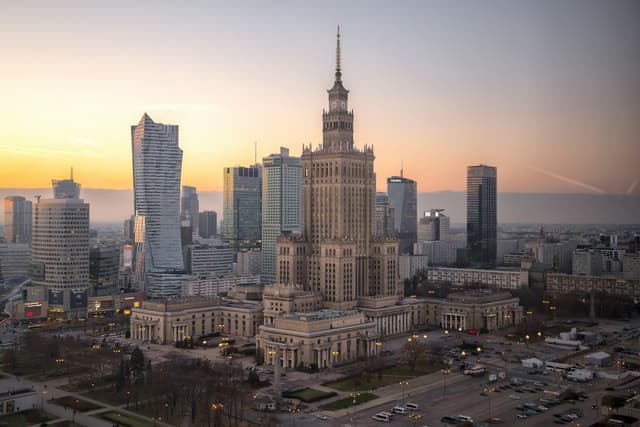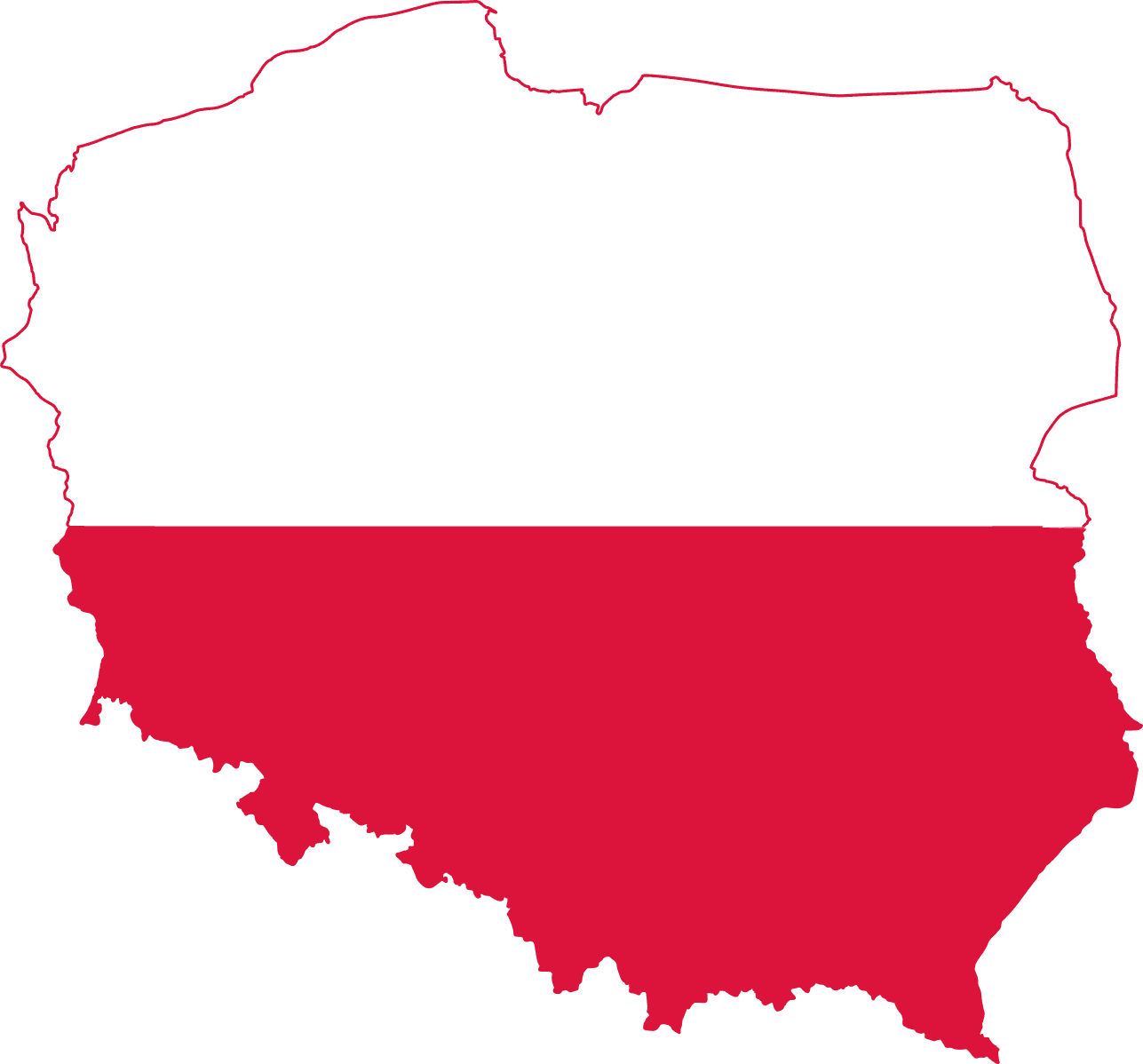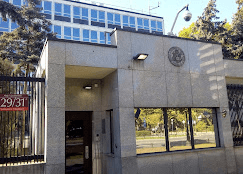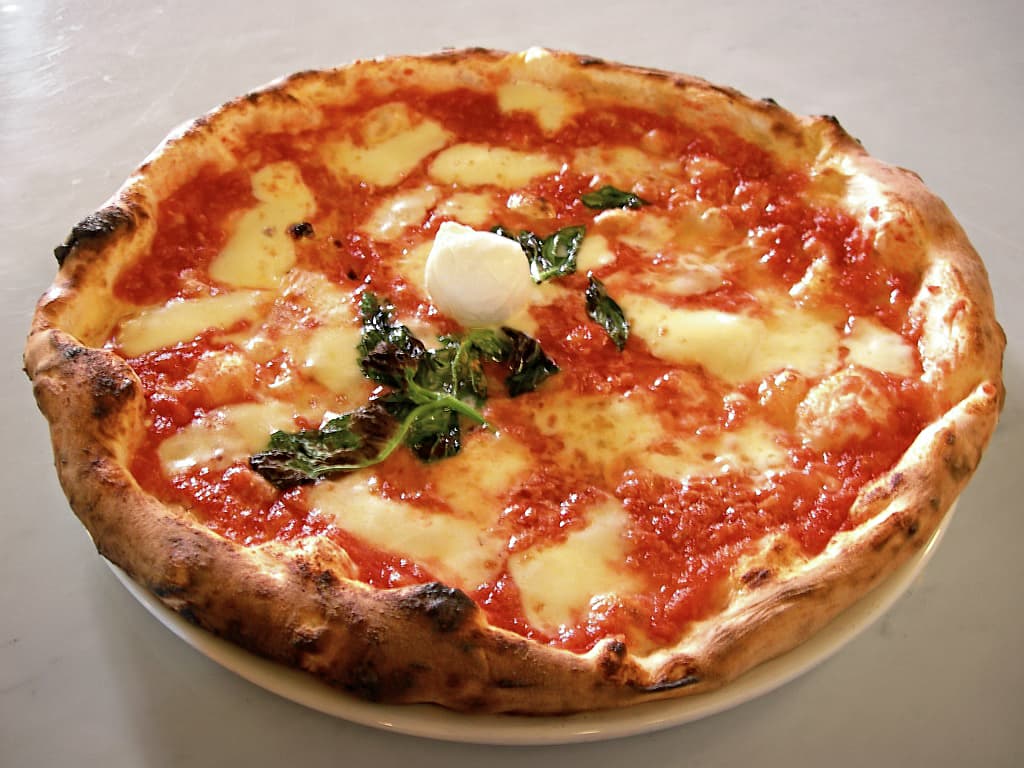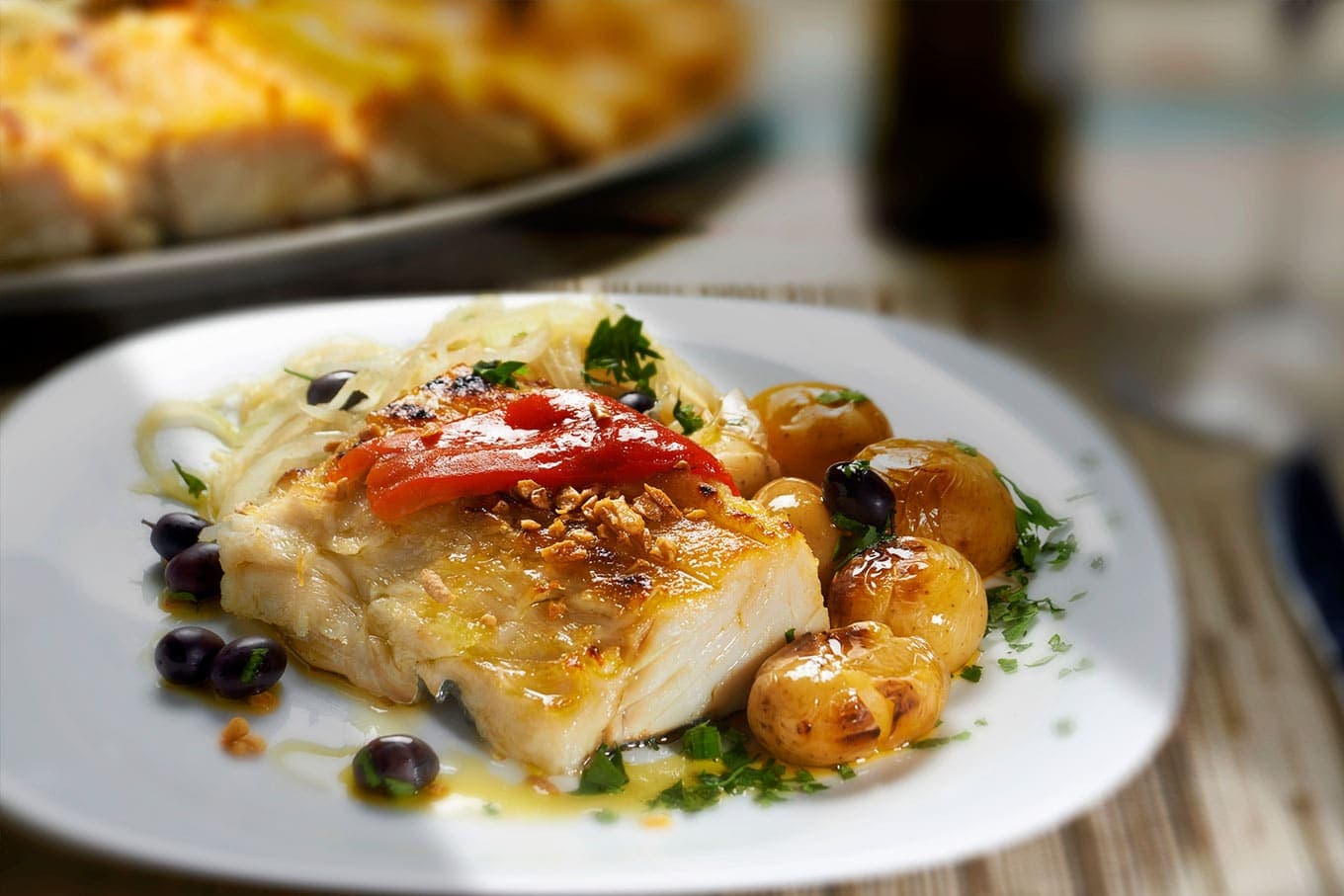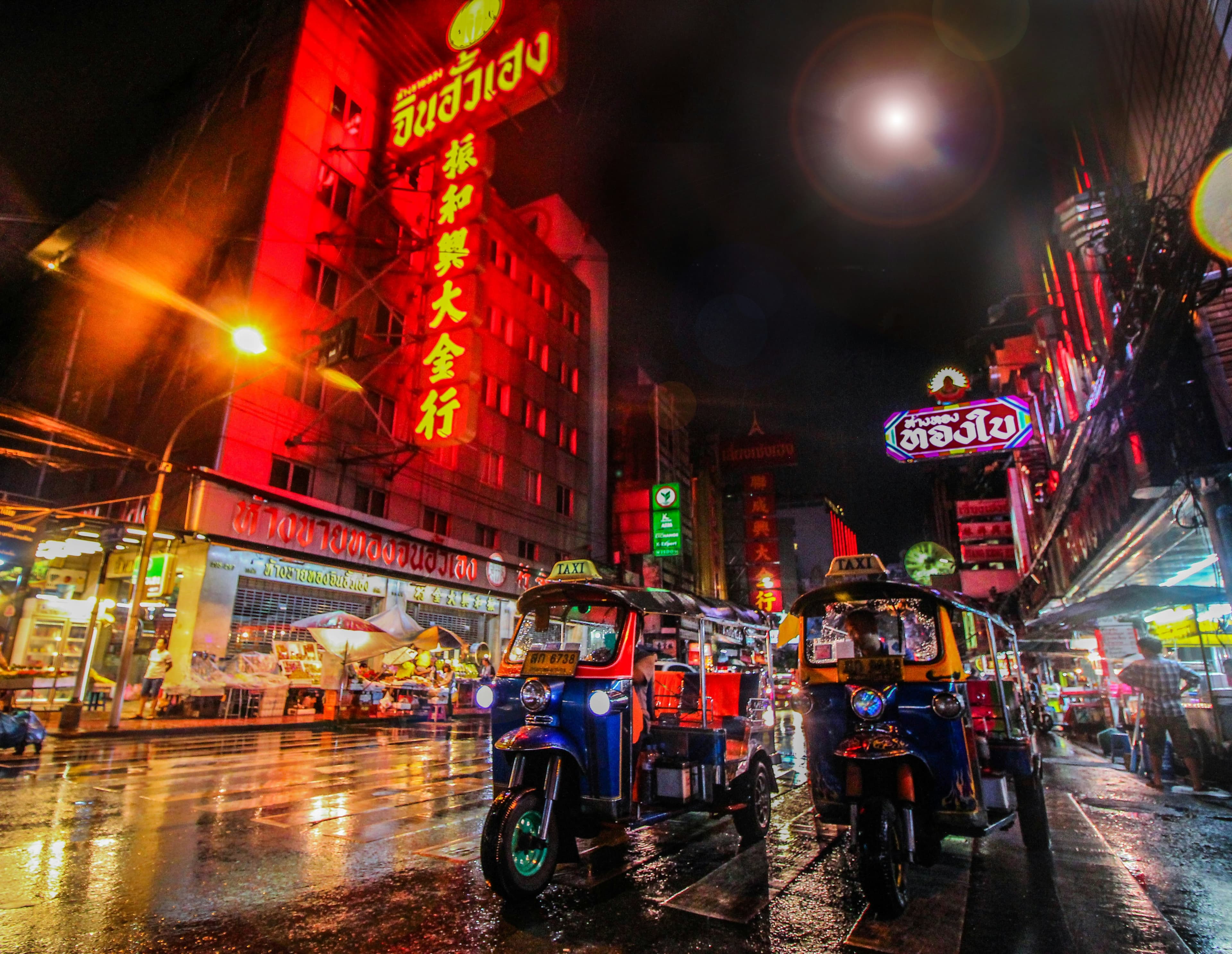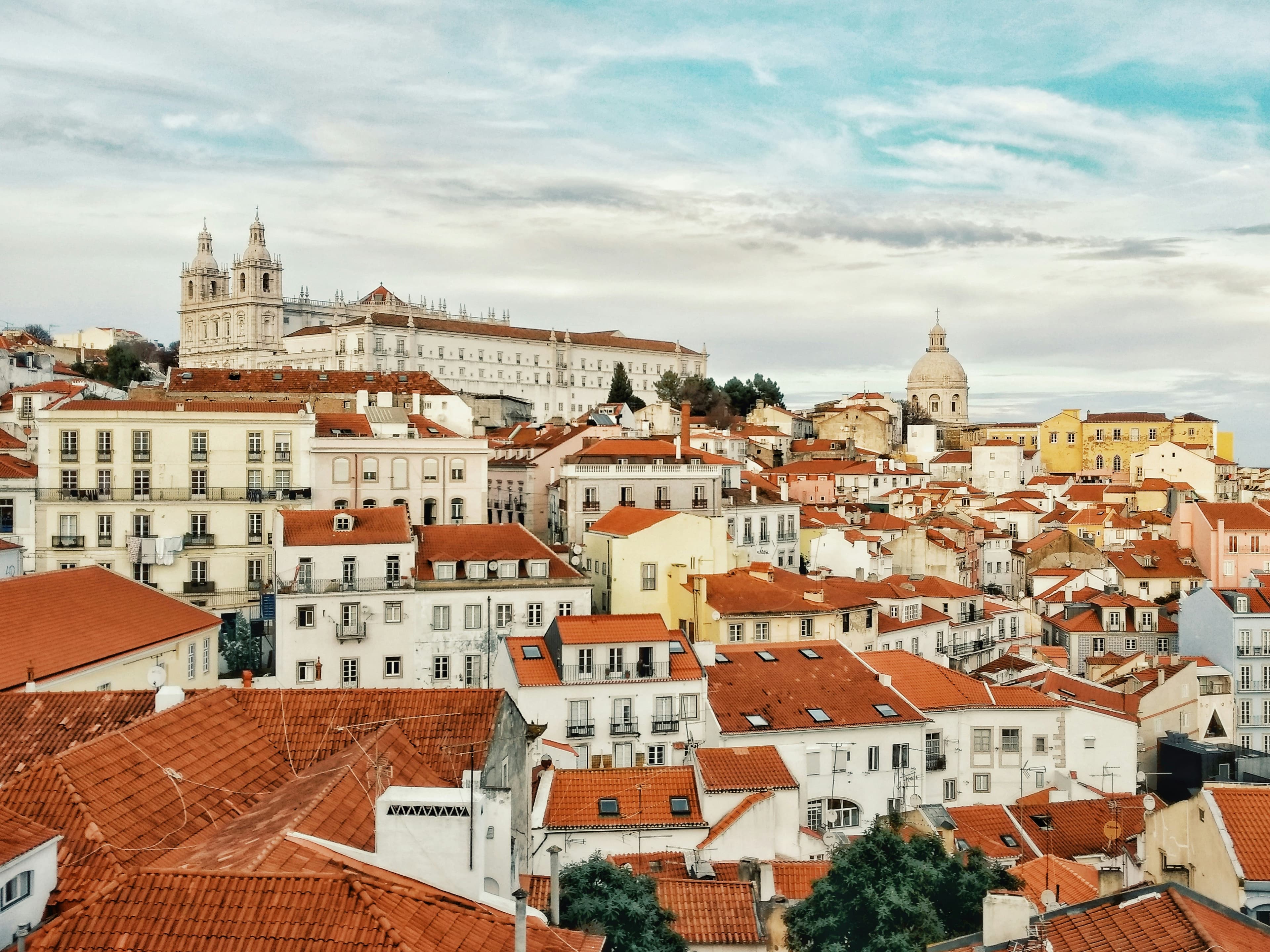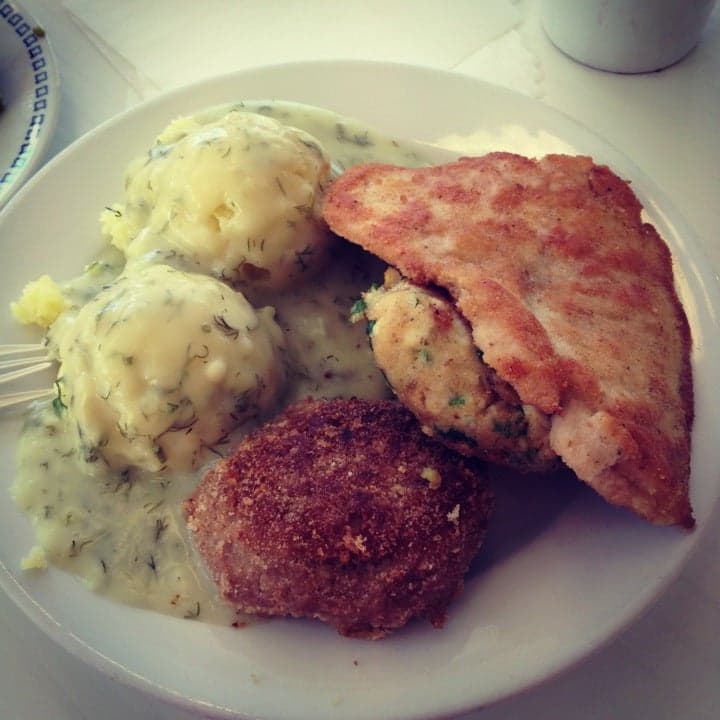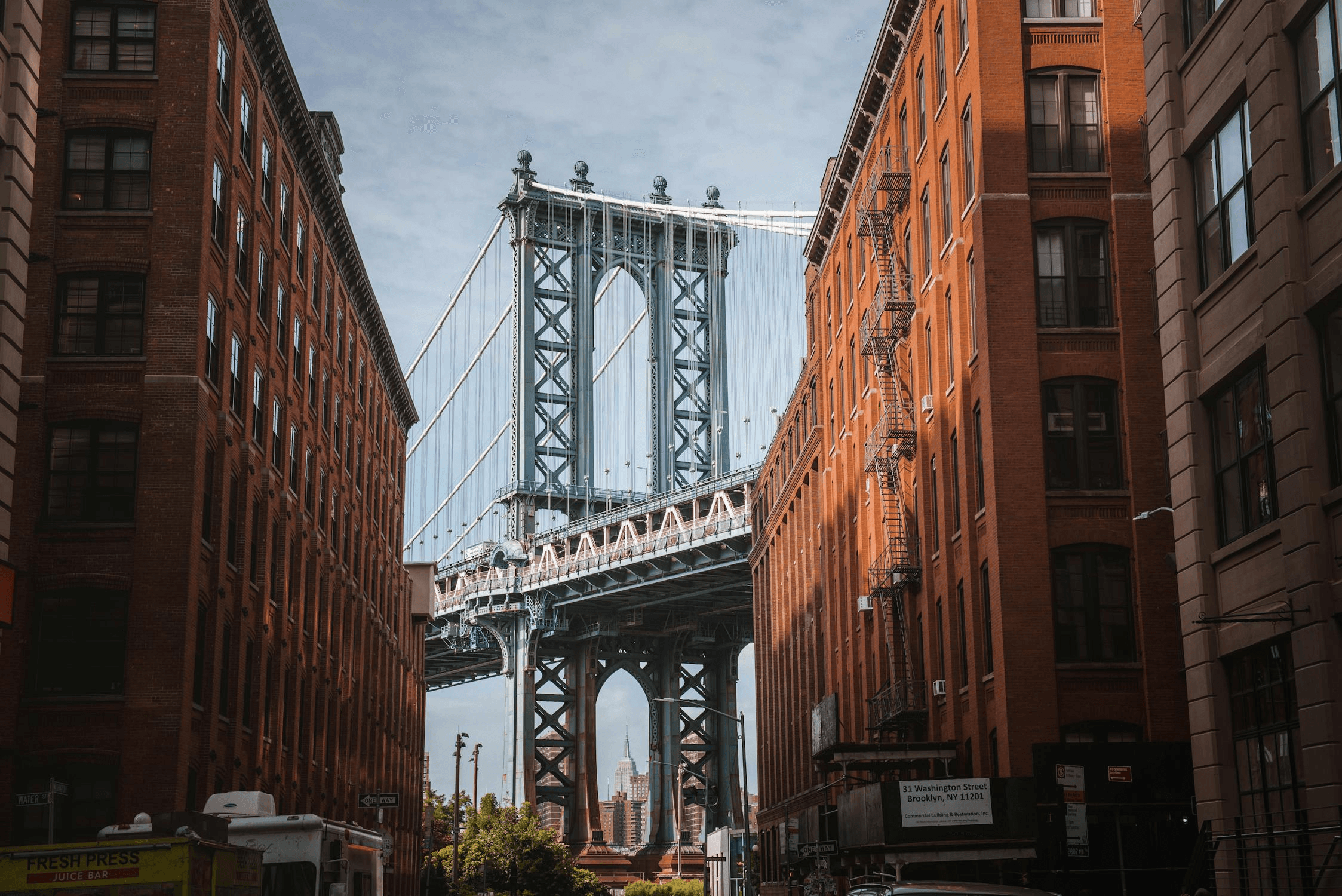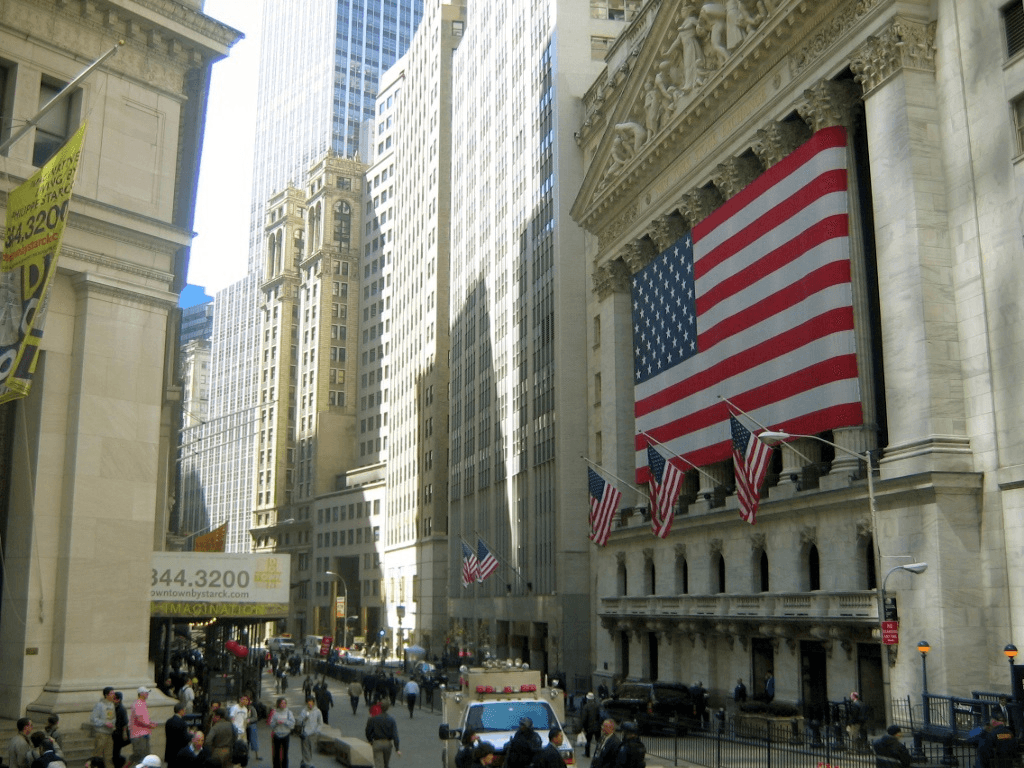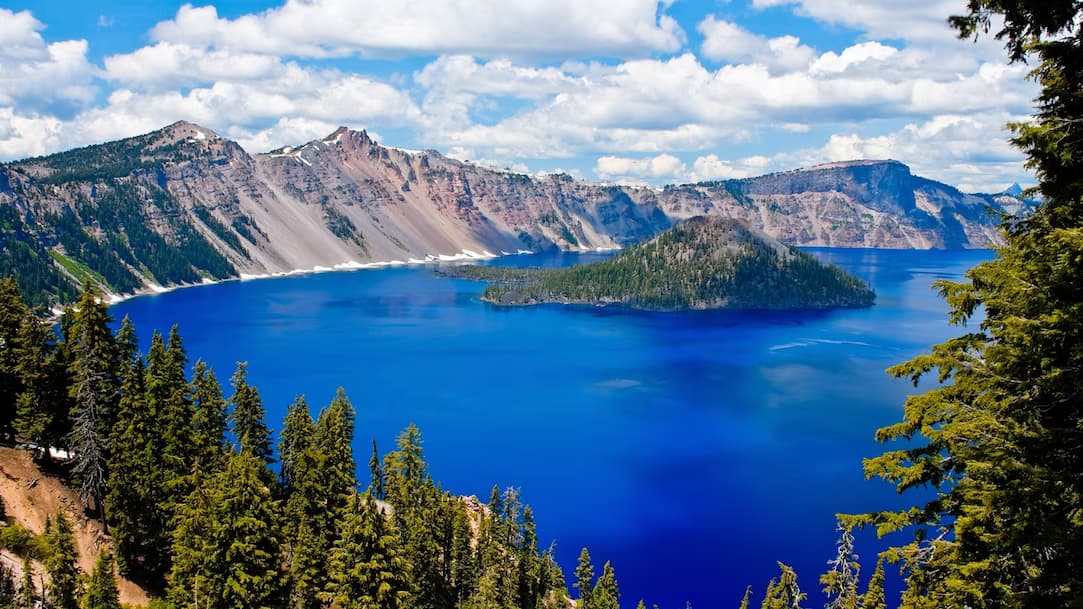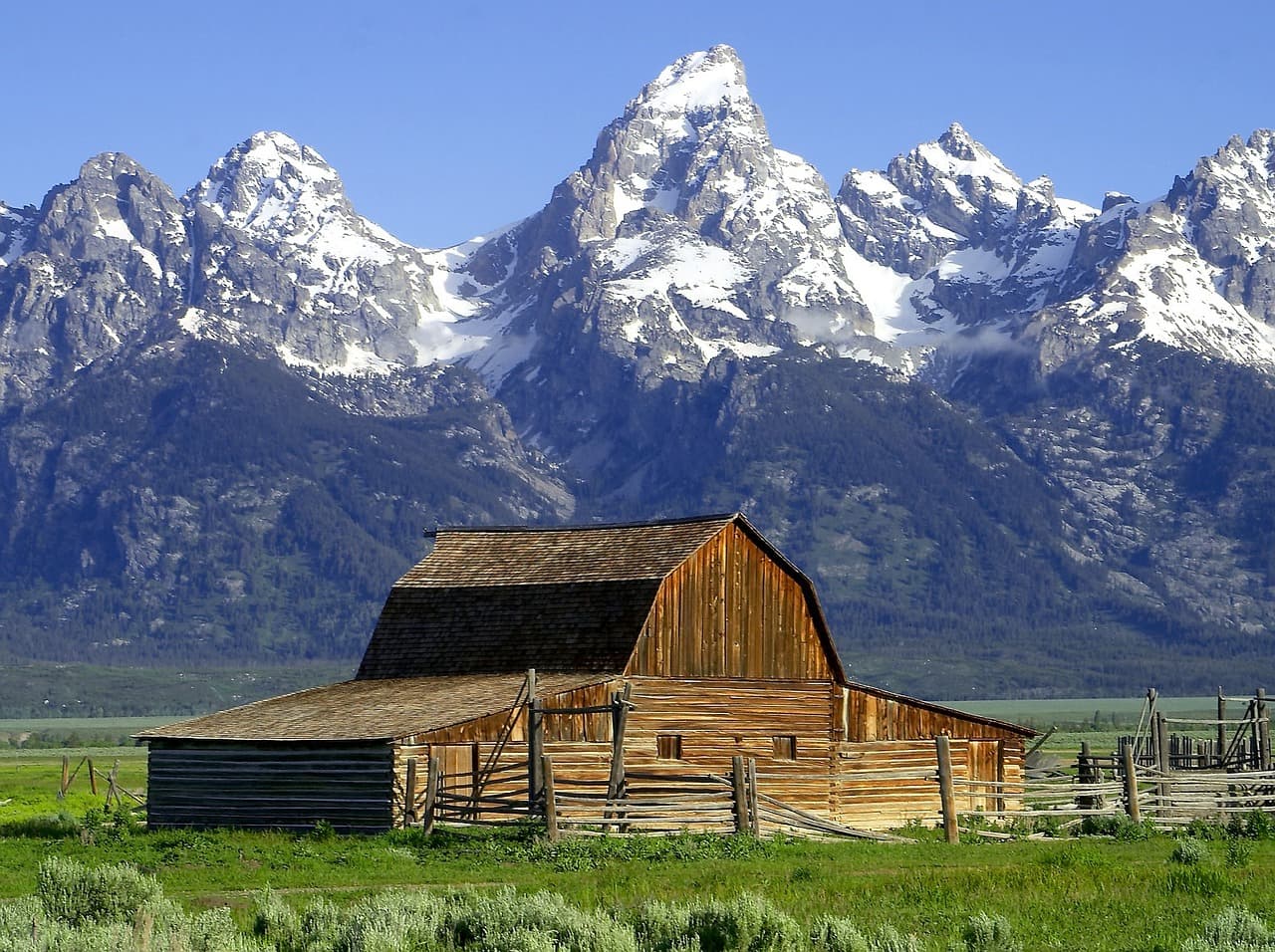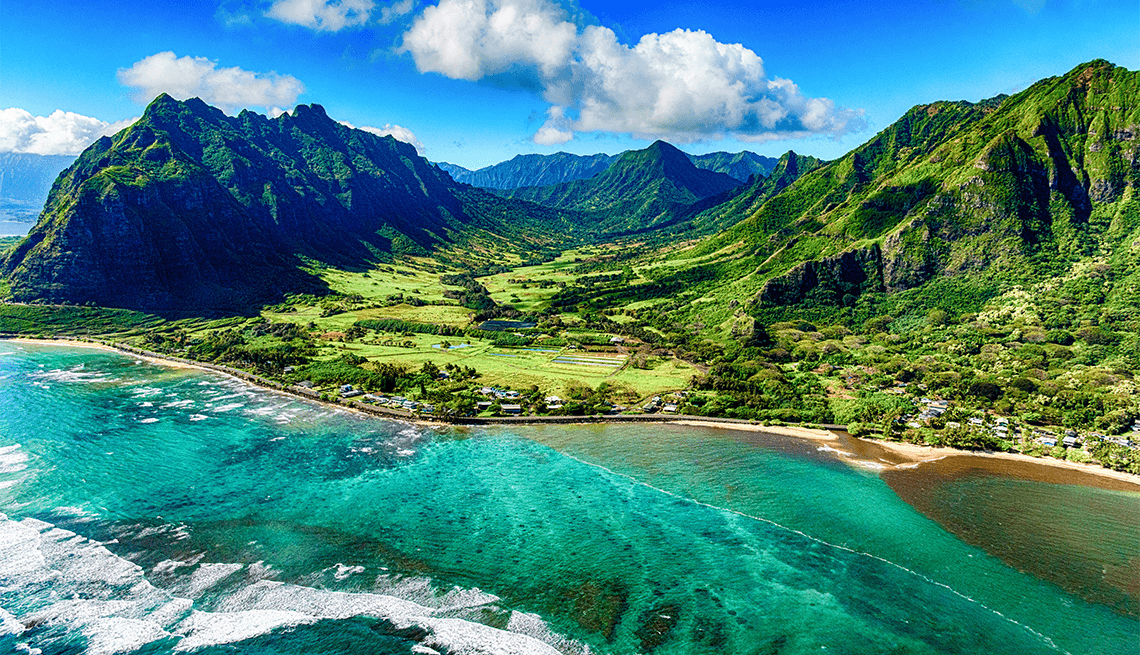Ireland vs. Warsaw, Poland
Ireland
Ireland is a small country with a big presence. Its capital, Dublin, is a lively city known for its mix of history, culture, and modern energy. Walk through the streets and you’ll find Georgian buildings, contemporary architecture, and plenty of places to hear live music or have a chat over a coffee—or a pint. The country has changed a lot over the past few decades. Once more rural and conservative, modern Ireland is progressive and increasingly diverse. It's known for its strong economy, driven in part by tech and finance companies that have set up shop in Dublin. But away from the business districts, life moves at a slower pace, especially in smaller towns and the countryside. Culture runs deep. Ireland has long punched above its weight in literature, music, and the arts. Writers like James Joyce and W.B. Yeats are still celebrated, but contemporary authors, filmmakers, and musicians continue to make their mark. Traditional Irish music hasn’t faded—it just sits comfortably alongsid...
Warsaw, Poland
Warsaw is the capital of Poland, sitting on the Vistula River in the east-central part of the country. With nearly 1.9 million people in the city and over 3 million in the wider metropolitan area, it’s Poland’s biggest city. It’s a place where old and new collide—modern skyscrapers stand next to rebuilt historic districts, and its skyline is a mix of glass towers and ornate churches. The Old Town, destroyed in World War II and painstakingly rebuilt, is now a UNESCO World Heritage Site. Walking through its cobblestone streets, you’ll find the Royal Castle and the colorful Market Square. Not far off is the Royal Route, a stretch of old palaces, churches, and the Presidential Palace, leading down to the grand Wilanów Palace and its gardens. Despite the scars of war—most of the city was flattened during WWII—Warsaw bounced back fast. The post-war communist era left a mark with grey apartment blocks and the towering Palace of Culture and Science, a gift from the Soviet Union that’s still...
Reviews
Reviews
Reviewed on 2/25/2025
Friendly towards foreigners. Affordable. Most people speak English. Safe. Not great in the winter though. The weather is crap, you never get to see the sun, and air quality gets bad. Still, summers in Warsaw are great, so I give it 4 stars.
| Item | Votes | Upvote |
|---|---|---|
| No pros yet, would you like to add one? | ||
| Item | Votes | Upvote |
|---|---|---|
| No cons yet, would you like to add one? | ||
| Item | Votes | Upvote |
|---|---|---|
| Fun | 2 | |
| Affordable | 2 | |
| Safe | 2 | |
| Most people speak English | 2 |
| Item | Votes | Upvote |
|---|---|---|
| Practically no sunlight in the winter | 1 |
Frequently Asked Questions
Ireland is known for its unique culture and tax advantages, making it attractive for expatriates, especially those in tech and finance. However, it may not be as affordable as Warsaw, which offers a friendly environment for foreigners, affordability, and a high level of English proficiency. On the downside, Warsaw experiences harsh winters with limited sunlight, while Ireland's weather can also be unpredictable but is generally milder.
Warsaw, Poland is generally more affordable than Ireland. The cost of living in Warsaw is lower, making it an attractive option for those looking for budget-friendly living. In contrast, Ireland, while offering certain tax benefits, tends to have a higher cost of living, particularly in urban areas.
Both Ireland and Warsaw, Poland are considered safe destinations. However, Warsaw has been noted for its friendly atmosphere towards foreigners and a strong sense of safety among residents. Ireland also boasts a low crime rate, but the perception of safety can vary by region.
Ireland generally has milder weather compared to Warsaw, which experiences harsh winters with limited sunlight. While both locations can have unpredictable weather, Warsaw's winter conditions can be particularly challenging due to poor air quality and lack of sunlight, making Ireland's climate more favorable for year-round living.
Ireland is known for its rich cultural heritage, vibrant cities like Dublin, and stunning landscapes featuring green fields, dramatic coastlines, and rugged hills. The country has a strong presence in literature, music, and the arts, with famous writers such as James Joyce and W.B. Yeats. Additionally, Ireland has a growing economy driven by tech and finance, and it is recognized for its traditional Irish music and modern culinary scene.
Pros of living in Ireland include its rich cultural scene, friendly communities, and beautiful landscapes. The country has a strong economy and offers a blend of modern and traditional lifestyles. However, some cons may include the high cost of living in urban areas like Dublin and unpredictable weather, which can be rainy and damp.
The food in Ireland has evolved from its traditional meat-and-potatoes reputation to focus on fresh, local ingredients and creative cooking. While hearty stews and fresh-baked bread remain popular, there is also a growing emphasis on seafood, especially in coastal areas, and farmers' markets are common throughout the country.
Sports play a significant role in Irish life, with Gaelic games like football and hurling being uniquely Irish and deeply connected to local pride. Additionally, soccer, rugby, and golf are also widely followed and enjoyed by many.
In recent years, Ireland has undergone significant social changes, including the legalization of same-sex marriage and the easing of restrictions on abortion. The country has shifted away from the strong influence of the Catholic Church while maintaining traditional values like community and hospitality. Modern Ireland is increasingly diverse and progressive, blending old traditions with new ideas.
The pros of visiting Warsaw, Poland include its affordability, safety, and the fact that most people speak English, making it accessible for tourists. Additionally, the city is fun to explore with a mix of modern and historic attractions. However, a notable con is the lack of sunlight during the winter months, which can affect the overall experience.
Warsaw, the capital of Poland, has a complex history marked by destruction and resilience. Most of the city was flattened during World War II, but it was painstakingly rebuilt and is now a UNESCO World Heritage Site. The city remembers its past with museums like the POLIN Museum and monuments commemorating the Warsaw Uprising.
In Warsaw, you can explore the Old Town, visit the Royal Castle, and stroll through Łazienki Park. The city also offers a vibrant cultural scene with jazz festivals, classical concerts, and a buzzing nightlife. Food enthusiasts can enjoy traditional Polish dishes as well as modern cuisine in various restaurants and cafes.
Warsaw experiences typical Central European weather, with cold, snowy winters and warm, sometimes stormy summers. Spring and autumn can be mild and pleasant, but the weather can change quickly, so it's advisable to be prepared for varying conditions.
Yes, Warsaw is considered safe for tourists. The city has a low crime rate, and many visitors report feeling comfortable while exploring its streets and attractions. However, as with any major city, it's always wise to stay aware of your surroundings and take standard safety precautions.

